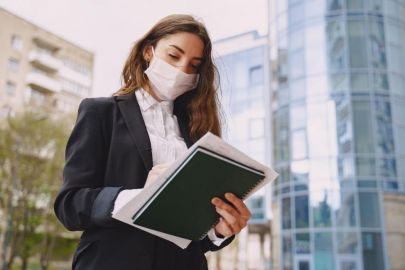As lockdown measures continue to ease and more businesses start to reopen, it’s time for employers to plan their return to work plan-of-action. Due to social distancing rules and new government guidelines, employers must adapt the workplace in a way that protects their staff and minimizes any risk in the spreading of COVID-19.
If an employee can operate from home, it is advised that they should continue to do so, but in a lot of cases, this is not a feasible option. The appropriate action that businesses need to take in order to prepare the workplace for returning employees needs to be dealt with on an individually assessed basis. This action depends on factors such as the size of the workplace space, the nature of services offered, the number of staff members, the contact between staff members, contact with the public, and the shared facility areas. The guidelines and exposure risk also differ between industries; for example, healthcare professionals cannot follow the same guidelines due to the nature of their role.
We have identified a selection of the workplace risks which require the most attention when it comes to making the workplace and staff members COVID-protected.
Travelling to work
A great proportion of the population relies on public transport to get to and from work, which can be hard in times like these. Although there are still plenty of bus and train services in use, it is recommended that they are avoided where necessary. Employers should consider the risks associated with an employee’s commute as it may put them in an unsafe position.
Social distancing
The longer an individual spends in close contact with someone else, the greater the risk of contracting the virus. In the workplace environment, you must do everything you can to keep your employees safe and maintain social distancing. This may mean re-designing workspaces to maintain a distance of 2 meters between people.
Ways this can be achieved include:
- Staggering start times
- Opening more entrances and exits
- Creating one way systems
- Changing seating layouts
- Staggering lunch times
If the job requires close contact, you must assess the level of risk this imposes on their safety. In essential roles, where social distancing cannot be carried out at 2 meters, full PPE needs to be provided.
Keeping workplaces clean
Due to the nature of the virus and how it spreads, workplaces should be cleaned more frequently than usual, paying particular attention to frequently touched objects such as keyboards and door handles. It’s important to also educate your staff on their hygiene and how to keep safe both at work and at home – to avoid them bringing anything into the workplace. Employers also need to encourage frequent hand washing from staff, and provide them with a replenished stock of handwash and hand sanitizer.
Providing PPE
Personal protective equipment (PPE) may need to be provided and worn by employees, depending on what they do, where and who with. For individuals providing direct care to service users, or cleaning areas likely to be at high risk of hosting COVID-19, they are more likely to require full PPE.
PPE to protect against COVID-19 transmission may include:
- Gloves
- Mask
- Face shield
- Eye protection / goggles
- Disposable apron
- Long sleeve gown



